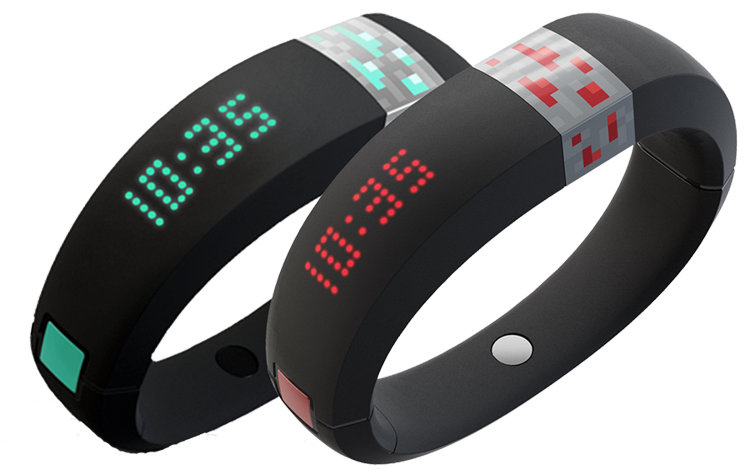Atari Jaguar II Spec's
The following Information was provided to
the Atari History Site by: Markus Kirschbaum
Size: 10.5" x 12" x 3.5"
Controls: Power on/off
Display: Resolution up to 1600 x 600 pixels (50 Hz/interlace)
32-bit "Extended True Color" display with 16,777,216
colors simultaneously (additional 8 bits of supplimental
graphics data support possible)
Multiple-resolution, multiple-color depth objects
(monochrome, 2-bit, 4-bit, 8-bit, 16-bit, 24-bit) can be
used simultaneously
Ports: Cartridge slot/expansion port (64 bits)
RF video output
Video edge connector (video/audio output)
(supports NTSC and PAL; provides S-Video, Composite, RGB
outputs, accessible by optional add-on connector)
Four controller ports
Digital Signal Processor port (includes high-speed
synchronous serial input/output)
Controllers: Eight-directional joypad
Size 5" x 4.5" x 1.5", cord 7 feet
Six fire buttons (A, B, C, D, E, F)
Pause and Option buttons
12-key keypad (accepts game-specific overlays)
The Jaguar 2 has seven processors, which are contained in three chips.
Two of the chips are proprietary designs, nicknamed "Tom" and "Jerry".
The third chip is a standard Motorola 68EC020 used as a coprocessor.
Tom and Jerry are built using an 0.3 micron silicon process. With
proper programming, all seven processors can run in parallel.
- "Tom"
- 1,250,000 transistors, 292 pins
- Graphics Processing Unit (processor #1)
- 64-bit RISC architecture (64/128 register processor)
- 64 registers of 128 bits wide (shadow-buffering)
- Has access to all 2 x 64 bits of the system bus
- Can read 128 bits of data in one instruction
- Rated at 127.902 MIPS (million instructions per second)
- Runs at 63.951 MHz
- 2 x 32K bytes of zero wait-state internal SRAM (matrix)
- Performs a wide range of high-speed graphic effects
- Programmable
- Object processor (processor #2)
- 64-bit RISC architecture
- Programmable processor that can act as a variety of different
video architectures, such as a sprite engine, a pixel-mapped
display, a character-mapped system, and others.
- Blitter (processor #3)
- 64 bits read and write at the same time! (multibuffering!)
- 8K read buffer (fifo)
- 8K write buffer (lifo)
- Performs high-speed logical operations
- Hardware support for Z-buffering and Gouraud shading
- Texture Mapping Engine (processor #4)
- 64-bit RISC
- 64 bits
- Programmable risc processor
- 256K "texture-work-ram" of zero wait-state internal CACHE
- capable of doing about 900000 texture-mapped polyons,
without textures there can do 2500000 polyons.
- realtime Gouraud and Phong shading
- J/MPEG "COMBI" Chip (processor #5)
- 64 bits
- not programmable!
- 8K own data rom (with sinus) table
- 128K CACHE (fifo)
- realtime J/MPEG decompression via CACHE (fifo)
- DRAM memory controller
- 4 x 64 bits
- Accesses the DRAM directly
- "Jerry"
- 900,000 transistors, 196 pins
- Digital Signal Processor (processor #6)
- 32 bits (32-bit registers)
- Rated at 53,3 MIPS (million instructions per second)
- Runs at 53.3 MHz
- Same RISC core as the Graphics Processing Unit
- Not limited to sound generation
- 96K bytes of zero wait-state internal SRAM
- CD-quality sound (16-bit stereo 50KHz)
- Number of sound channels limited by software (minimum 16!!)
- Two DACs (stereo) convert digital data to analog sound
signals
- Full stereo capabilities
- Wavetable synthesis, FM synthesis, FM Sample synthesis, and AM
synthesis
- A clock control block, incorporating timers, and a UART
- Motorola 68EC020 (processor #7)
- Runs at 26.590MHz
- perfect 68000 emulation
- General purpose control processor
Communication is performed with a high speed 64-bit data bus, rated
at 2400 megabits/second. The 68000 is only able to access 16 bits
of this bus at a time.
The Jaguar 2 contains eight megabytes (64 megabits) of fast
page-mode DRAM, in eight chips with 1024 K each.



